Item is a documentary film documenting Stanley Park, downtown Vancouver, the Vancouver Planetarium, and Vanier Park. The film documents a number of attractions within Stanley Park including the Stanley Park Miniature Railway, Stanley Park Junction, various sections of the seawall, the Brockton Point Lighthouse, Coal Harbour Marina, Elek Imredy's sculpture Girl in a Wetsuit, the replica figurehead of the RMS Empress of Japan, tennis courts, Prospect Point lookout, Lost Lagoon, the Stanley Park Golf Course, totem poles, and the Lions Gate (First Narrows) Bridge (1938-). The film also includes footage of birds including Canada geese, seagulls, swans, mallard and wood ducks, and peacocks. The film documents Vancouver Harbour and its facilities, and includes footage of shipping containers, cranes, cargo ships, seabus, and a floatplane.
The film also documents downtown Vancouver and includes footage of numerous prominent buildings including the Marine Building, Vancouver Harbour Centre, Bayshore Inn, the Westcoast Energy Building, Hotel Vancouver, the Provincial Court House, Robson Square under construction, the Georgia Medical Dental Building, the Bank of Nova Scotia Tower, TD Tower, the Vancouver Block, Commodore Ballroom, Sun Tower, Dominion Building, Andrew Wesley Church, and the Hudson's Bay Company building. The film also contains night footage of the Vancouver skyline, Granville Street with illuminated signs, a fountain lit by coloured lights, and neon signs in Chinatown, including those for the Marco Polo Chinese Smorgasbord, Loon Foon Kwok restaurant, Ming's, South Seas Dining Lounge, Ho Inn Chop Suey, and Bing C. Wong & Associates Accounting and Taxation Service.
Film also includes footage of the exterior of the Bloedel Conservatory, a tugboat in False Creek, the downtown Vancouver skyline as viewed from Kitsilano, an old house (number 1160, street unknown), sailboats in English Bay, the Vancouver Planetarium, Vanier Park, and Beach Avenue as seen across False Creek from Vanier Park.



![Opening of 2099 Beach [Vancouver Board of Parks and Recreation building]](/uploads/r/null/4/0/404750/e8188e54-4611-4335-8624-10aea55d502d-V00106_142.jpg)

![BC [British Columbia] postcard - The Rockies to the Pacific](/uploads/r/null/1/2/1226936/e2a6b4cf-7e7e-48c3-8e3b-6a150d917129-MI-342_142.jpg)
![BC [British Columbia] postcard - The Rockies to the Pacific [Japanese version]](/uploads/r/null/1/2/1226943/1fe338ae-0558-47de-bc78-ac3a556700b9-MI-343_142.jpg)
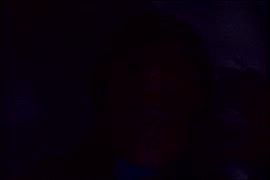
![Queen [Royal visits to British Columbia 1939 and 1951]](/uploads/r/null/1/2/1200130/f3c2c925-e968-439c-bb45-3743565cac82-V00163_142.jpg)

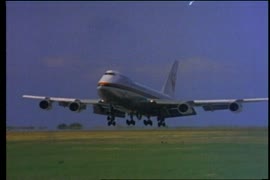
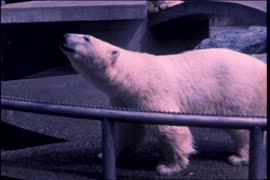







![[Vancouver history and Vancouver in the 1930s]](/uploads/r/null/1/1/1112426/1a9be229-5f41-40b2-ae6b-d9d6f7819c8d-V00101_142.jpg)



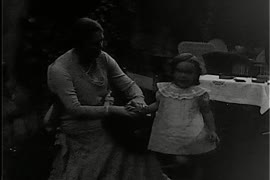
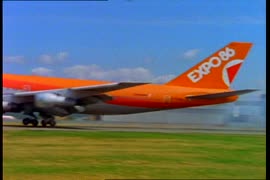

![Vancouver - Pacific Celebration [French narration]](/uploads/r/null/1/2/1228790/58ebd069-04cd-4163-aa23-f9678d87fff2-MI-340_142.jpg)
![Nanaimo to Vancouver [and Vancouver tourist attractions]](/uploads/r/null/1/2/1200116/1deaeaaf-72a5-4aa0-b7e9-9ad464725341-V00147_142.jpg)

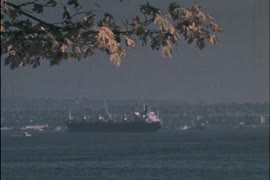


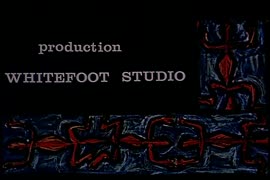


![PXR orig[inal] roll 1, M. Collier](/uploads/r/null/1/9/1956765/2d42dcc0-3416-4ca4-a026-f8b14597cc32-MI-572_142.jpg)